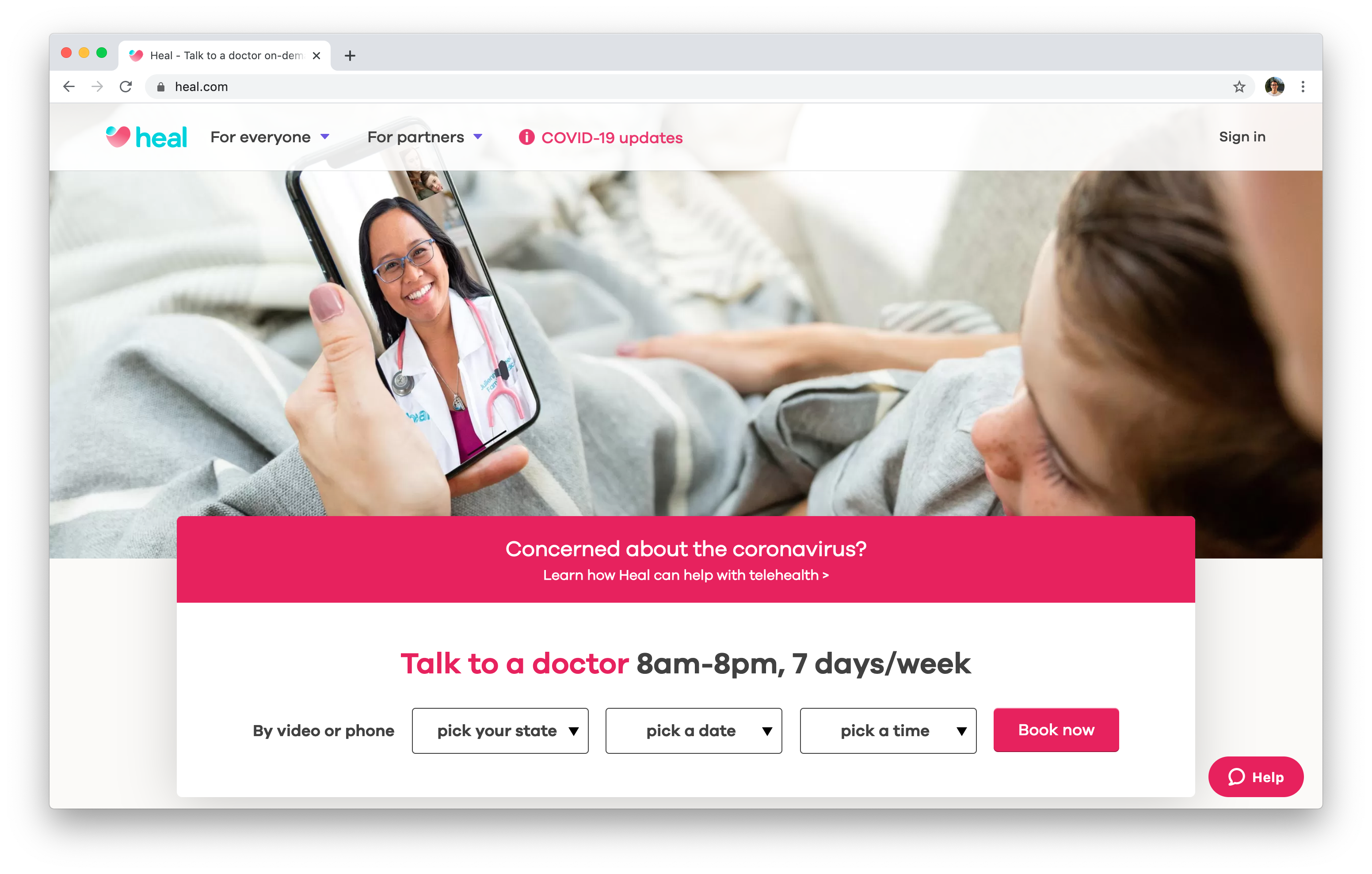Understanding the Cost-Effectiveness of Subscription-Based Health Care Versions
As the health care landscape progresses, subscription-based models arise as an engaging choice, guaranteeing to redefine how individuals take care of medical costs. Assessing these versions' cost-effectiveness demands a nuanced contrast with traditional insurance policy, taking into consideration both economic effects and client complete satisfaction.
Introduction of Subscription-Based Designs
Subscription-based healthcare versions, often referred to as straight medical care or concierge medication, are significantly acquiring focus as a prospective service to inadequacies within typical healthcare systems. These designs run on the concept of offering individuals straight access to healthcare carriers through a regular monthly or yearly charge, bypassing the requirement for traditional insurance policy devices. This setup aims to enhance patient-provider interactions by minimizing administrative burdens, which commonly prevent tailored and timely care.
At the core of subscription-based designs is the emphasis on a more tailored individual experience. Individuals take advantage of boosted accessibility to their doctors, typically consisting of next-day or same-day visits, prolonged consultation times, and direct interaction channels such as phone or video clip calls. This version promotes a proactive strategy to medical care, where patients and providers can collaboratively focus on preventative care and persistent disease management.

Expense Contrast With Traditional Insurance

Among the main economic advantages of subscription versions is openness in costs. Individuals pay a predictable charge, which can streamline budgeting and financial preparation. Furthermore, these designs generally get rid of co-pays and deductibles for protected services, lowering out-of-pocket investing. On the other hand, traditional insurance coverage might be more useful for people calling for specialized care or expensive treatments not covered under a membership design, as they profit from the more comprehensive protection network and cost-sharing systems.
Nevertheless, cost-effectiveness is context-dependent. While subscription models may offer cost savings for those primarily needing medical care, individuals with chronic conditions or specialized health care needs may find standard insurance policy more comprehensive. Assessing certain healthcare demands and prospective use is vital in identifying the most cost-effective choice for individuals.
Effect On Patient Fulfillment
Client fulfillment within subscription-based medical care designs usually reflects a considerable renovation over traditional insurance systems. Unlike traditional systems, where people could experience delays in receiving treatment, subscription-based designs ensure more timely and direct communications with healthcare service providers.
Additionally, the openness in prices related to subscription-based medical care reduces the common aggravations associated with unforeseen fees and complex payment processes seen in traditional insurance (subscription based healthcare). Individuals value understanding the precise financial dedication upfront, causing enhanced trust fund and confidence in their medical care monitoring
In addition, the emphasis on preventive treatment and wellness in registration designs adds to improved health end results, further enhancing patient complete satisfaction. By focusing on ongoing health care instead than episodic care, clients experience a more continuous and alternative health care my review here trip.
Moreover, the enhanced look what i found provider-patient relationship fostered in these models, characterized by even more time spent per person and individualized attention, plays an important duty in boosting patient satisfaction levels, as individuals really feel really looked after and recognized.
Service Provider Viewpoints and Experiences
From the provider's perspective, subscription-based health care designs use a transformative approach to supplying clinical services. These designs emphasize a preventative and aggressive medical care strategy, permitting providers to focus on extensive individual care without the constraints of standard fee-for-service setups (subscription based healthcare). This change in focus often causes improved patient end results and boosted provider satisfaction, as healthcare specialists can allot more time and sources to person involvement and customized care plans
In addition, membership versions facilitate predictable earnings streams, which improve monetary security for doctor. This predictability permits for boosted source planning and allocation, contributing to a much more efficient medical care shipment system. Companies can buy team modern technology, training, and framework enhancements, thus improving the top quality of care used.
Nonetheless, the shift to subscription-based versions is not without obstacles. Providers should adapt to new operational frameworks, which can include significant changes in payment techniques and person administration systems. Additionally, there is an intrinsic demand for durable information monitoring to track patient end results and guarantee high quality care. In spite of these hurdles, lots of carriers find that the advantages of increased patient communication and streamlined procedures exceed the initial difficulties, making subscription-based versions an eye-catching alternative.
Future Leads and Obstacles

A key challenge is regulative compliance, as membership models need to comply with advancing health care policies and insurance coverage needs. This necessitates constant adaptation and development to make certain alignment with legal criteria. Additionally, incorporating these models right into existing healthcare frameworks can be intricate, needing considerable financial investments in modern technology and training.
There is additionally the potential threat of creating injustices in medical care accessibility, as membership models may favor those that can afford them, leaving prone populations underserved. Addressing this requires thoughtful factor to consider of prices techniques and subsidy mechanisms to ensure inclusivity.
Conclusion
Subscription-based healthcare designs offer a viable alternative to traditional insurance policy by using economic predictability and transparency, especially profiting people with chronic conditions or constant medical care requirements. The cost-effectiveness of these designs is contingent upon specific medical care use patterns and situations. While they may improve patient satisfaction and streamline budgeting, difficulties stay in addressing specialized care needs. Future considerations include stabilizing detailed insurance coverage with cost and integrating these models within the wider medical care system for optimum end results.
Subscription-based health care models, often referred to as straight key care or attendant medication, are progressively gaining attention as a possible service to inadequacies within conventional health care systems. Unlike conventional systems, where clients could experience hold-ups in getting treatment, subscription-based designs make certain more straight and timely interactions with health care service providers.
These designs highlight a aggressive and preventative medical care approach, allowing providers to focus on comprehensive patient treatment without the restrictions of conventional fee-for-service setups. As these designs continue to obtain traction, they use the prospective to reinvent client access to care, improve solution shipment, and maximize health care investing.Subscription-based medical care versions present a feasible choice to traditional insurance policy by providing monetary predictability and openness, especially benefiting individuals with persistent conditions or constant health care needs.